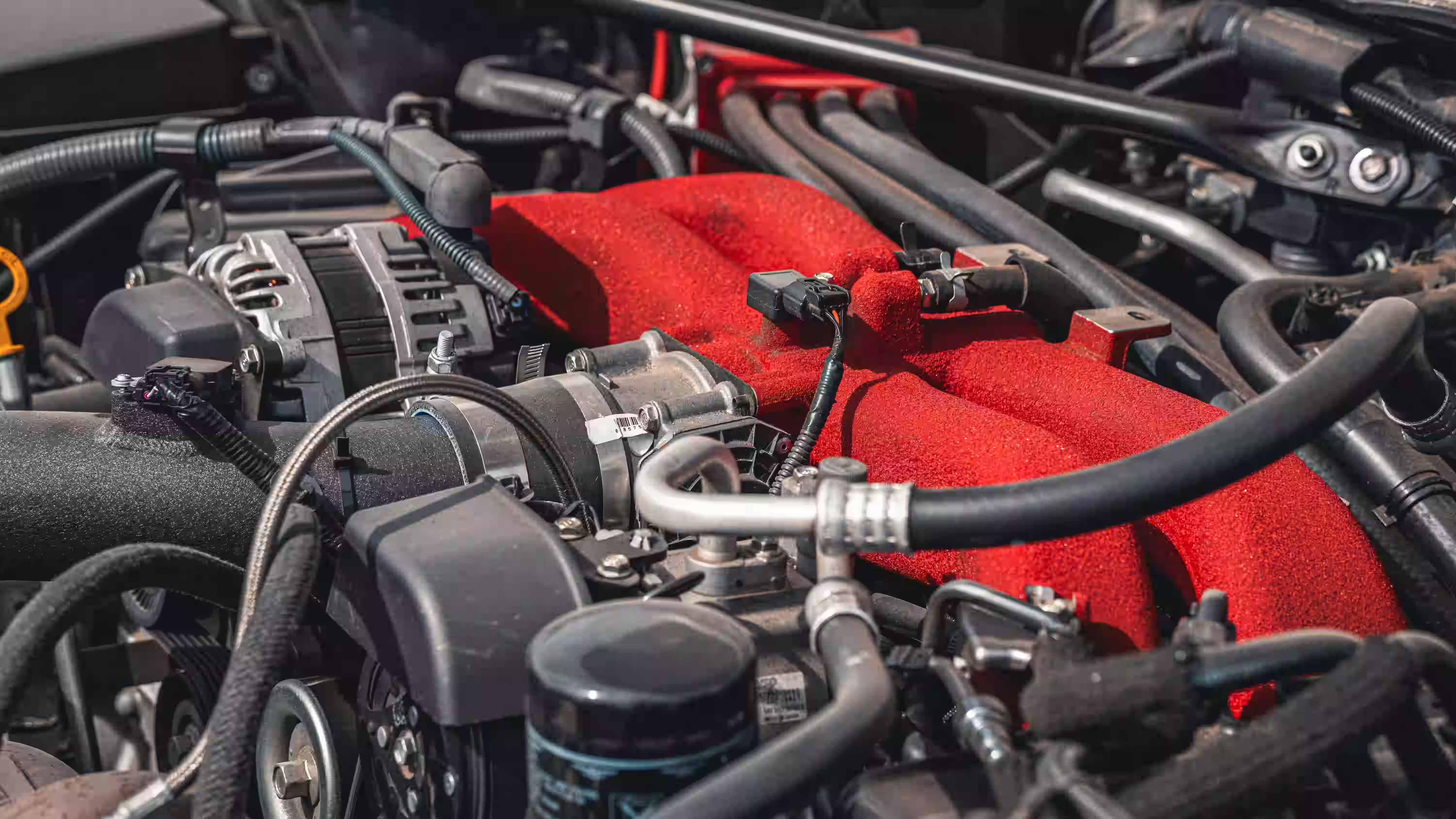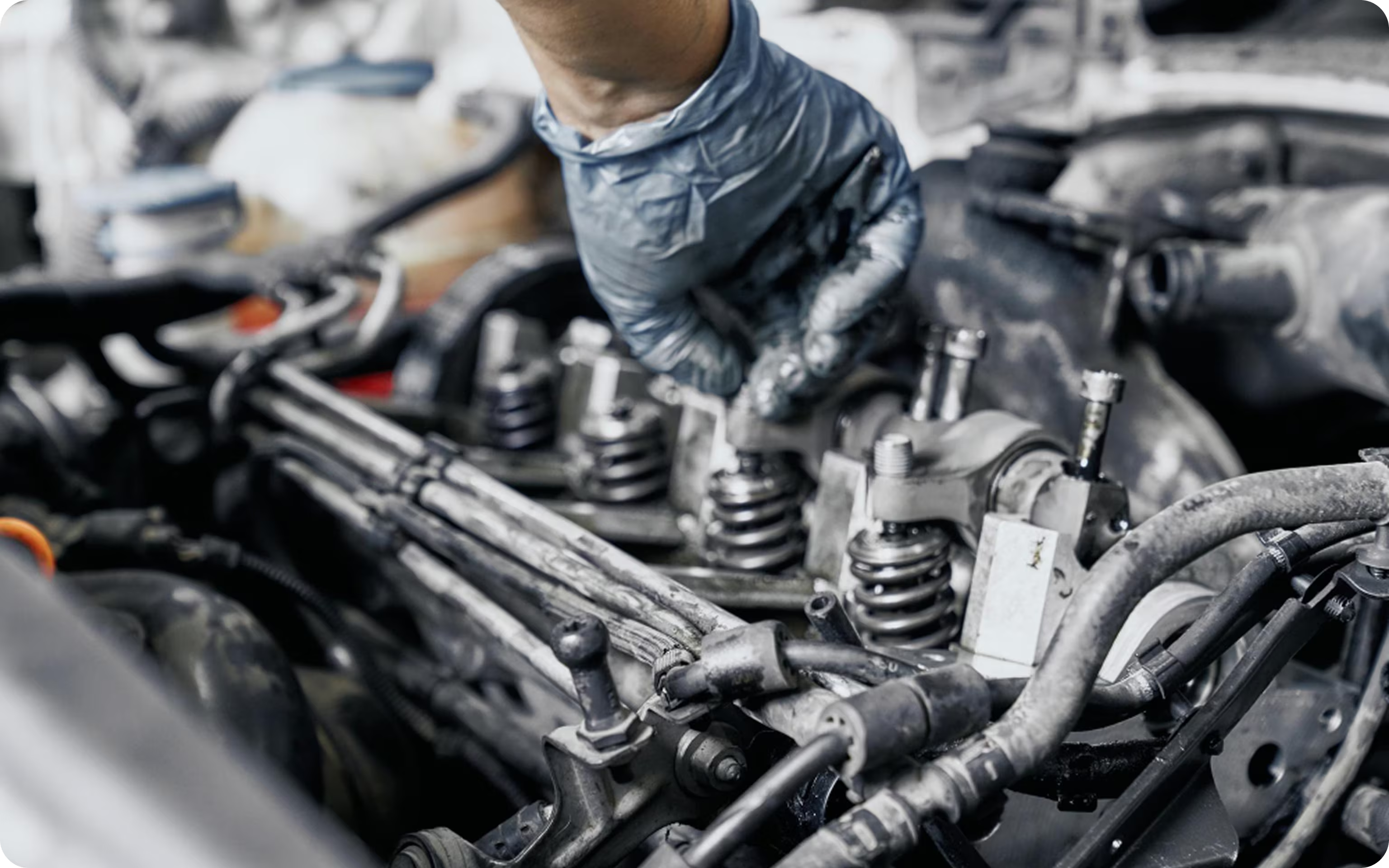
Wheel alignment calibrates three key angles—camber (tilt), toe (direction), and caster (steering axis)—so all tires point precisely where they should relative to the road and each other. Proper alignment reduces scrub during cornering, ensuring even tire wear and optimal contact patch for steering responsiveness. Misaligned wheels cause uneven traction, reduce fuel efficiency, and increase rolling resistance, all of which degrade your ride quality. By maintaining correct alignment, you maximize tire life, improve handling precision, and ensure your car tracks straight under braking.
You may suspect misalignment if your steering wheel sits askew when driving straight, or if the vehicle pulls to one side without steering input. Uneven tread wear—more rubber shaved off the inside or outside edges of your tires—is another giveaway, as is unexplained vibration at highway speeds. Sometimes you’ll hear slight thumping from under the chassis when turning sharply. Identifying these signs early lets you correct alignment before tire replacement becomes an urgent—and expensive—necessity.

Home alignment setups try to replicate rack geometry with measuring tapes, chalk lines, and camber gauges—a cost‑effective approach for minor tweaks if you’re confident in your measurement accuracy. However, professional shops employ computerized laser or infrared systems capable of sub‑millimeter precision, instantly comparing your vehicle’s angles against manufacturer specs and adjusting to within tenths of a degree. Given that a small misalignment can accelerate tire wear by 10–20%, the extra cost of professional alignment is often repaid in extended tire life and consistent handling.
Alignment doesn’t exist in isolation: worn shocks or struts, loose ball joints, and deteriorated bushings all alter wheel angles under load. Before investing in an alignment, have a mechanic inspect suspension components for play or leaks—correcting these issues first ensures your new alignment holds true rather than wandering out of spec immediately. Healthy suspension not only stabilizes your car but also provides a solid foundation for precise alignment, translating into a safer, more comfortable driving experience.